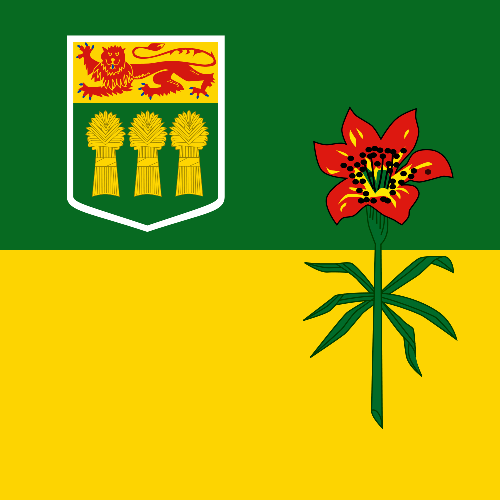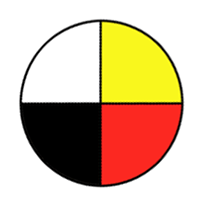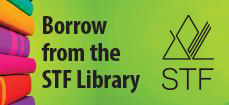Create and connect dance phrases using the elements of dance including:
- actions (identify variety)
- body (bases)
- dynamics (move with varying speeds, duration, forces)
- relationships (using own words, classify variety of relationships with partner or object such as above, below, beside)
- space (straight or curved pathways or combinations).
| (a) |
Seek a variety of solutions in movement explorations (improvisation). |
| (b) |
Observe the motion of objects and people and incorporate these observations in movement explorations. |
| (c) |
Explore and solve movement problems, or inquiry questions, in several different ways (e.g., How many different ways can we use the scarves or streamers in straight pathways and curved pathways?). |
| (d) |
Demonstrate and discuss how movement patterns can repeat and contrast. |
| (e) |
Identify how various parts of the body can act as a base to support the rest of the body (e.g., supporting the body with one foot and one hand). |
| (f) |
Identify and investigate different kinds of locomotor (travelling) and non-locomotor actions, and explore a variety of ways to walk, run, leap, slide, gallop, jump, hop, turn, twist, bend, stretch, and pause. |
| (g) |
Move with a variety of speeds (fast and slow), duration (short and long), and varying forces (push and pull, strong and light) for expressive purposes. |
| (h) |
|
| (i) |
Use straight or curved pathways or combinations of both in movement explorations. |
| (j) |
Explore and identify a variety of directions, levels, sizes, and shapes in personal and general space. |
| (k) |
Using own words, classify and investigate movement relationships with a partner or an object (e.g., beside, behind, above, below). |







PLEASE NOTE: Métis Jigging Part 2 builds on skills and knowledge from Part 1, which aired in 2015. Teachers should review Part 1 and its accompanying activities with their students before commencing Part 2.












